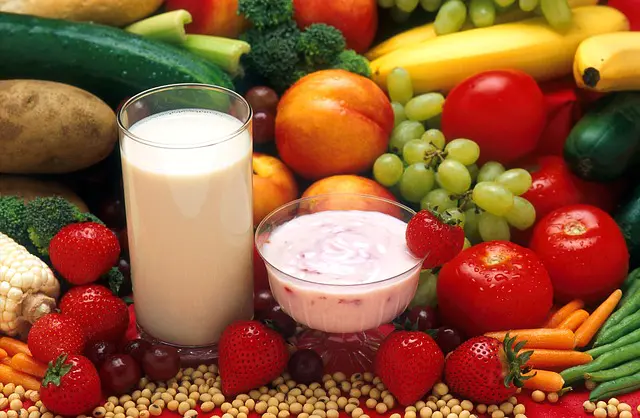Physical therapy offers a reliable and secure solution for a multitude of health issues, ranging from persistent discomfort to athletic injuries. By fortifying muscles and enhancing flexibility, it alleviates pain in affected regions.
Compared to painkillers, which offer only short-lived alleviation and pose risks such as cardiovascular complications and gastrointestinal bleeding, physical therapy stands out as a safer alternative. Its non-invasive approach also surpasses surgery, positioning it as the optimal initial response to pain, unless surgical intervention is unequivocally indicated.
Insights into Physical Therapy Experience
During the initial consultation, the physical therapist conducts a comprehensive assessment, including strength, balance, and flexibility tests. These assessments, along with a detailed review of your medical background, aid in pinpointing the root cause of your discomfort.
The assessment is crucial as it can uncover that ailments in one part of the body may result in pain in a different, seemingly unrelated area. Conditions affecting the heart, lungs, and gastrointestinal system are particularly prone to this phenomenon.
Upon identifying the source of your pain, the therapist crafts a customized treatment program. This plan is designed to integrate seamlessly into your daily routine, encompassing both immediate and long-term objectives, ensuring your continued progress even after your final session.
The frequency of physical therapy sessions required is contingent upon the severity of your condition. Generally, a range of 6 to 12 sessions is sufficient to reduce pain, enhance flexibility and mobility, and bolster muscle strength.
Preparing for Physical Therapy
As a prospective patient, there are several preparatory steps you should take before embarking on a physical therapy journey. Begin by reviewing your health insurance policy to understand what is covered and any out-of-pocket expenses you may incur. This proactive measure helps to prevent unexpected financial burdens.
After addressing the financial aspects, arrange your initial evaluation by phone or in person, allotting approximately one hour for the appointment. Don't forget to bring an exhaustive list of your current medications, as this information may influence your treatment plan. Once you and your therapist have agreed on a course of action, schedule subsequent sessions over the forthcoming weeks to monitor your advancement.
On your appointment day, opt for attire that is comfortable and does not impede movement. Ideally, choose clothing that permits the therapist easy access to the areas requiring treatment.
In contemporary society, conditions such as arthritis, joint pain, and back pain no longer necessitate a lifetime reliance on costly pain medications. Frequently, physical therapy presents a broad spectrum of secure and efficacious treatment methods to mitigate pain, free from the hazardous side effects often linked to pharmaceuticals.











